In a surprising move, Google has announced the discontinuation of its Jamboard product, effective December 31, 2024. Jamboard, a collaborative digital whiteboard solution launched in 2016, aimed to revolutionize how teams brainstorm and collaborate in real-time. The decision to sunset Jamboard marks a significant shift in Google's strategy for its productivity and collaboration tools suite. This move opens up opportunities for new players in the collaborative whiteboard market to capture the transitioning user base.
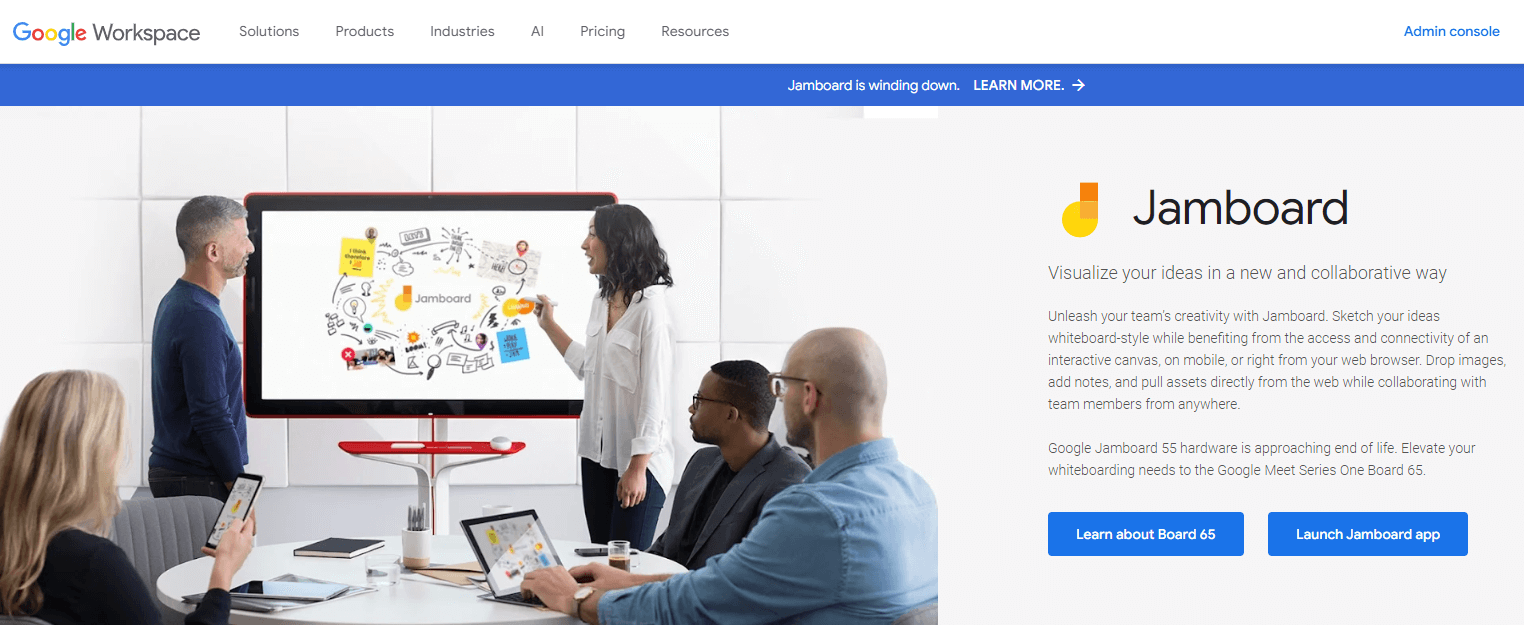
The Rise and Fall of Jamboard
Jamboard was introduced as part of Google Workspace (formerly G Suite), promising to bring creative collaboration to the digital age. The 55-inch 4K touch-enabled display was designed to facilitate brainstorming sessions, visual planning, and interactive learning experiences. It quickly found a niche among educational institutions and businesses that valued innovation in their collaborative processes.
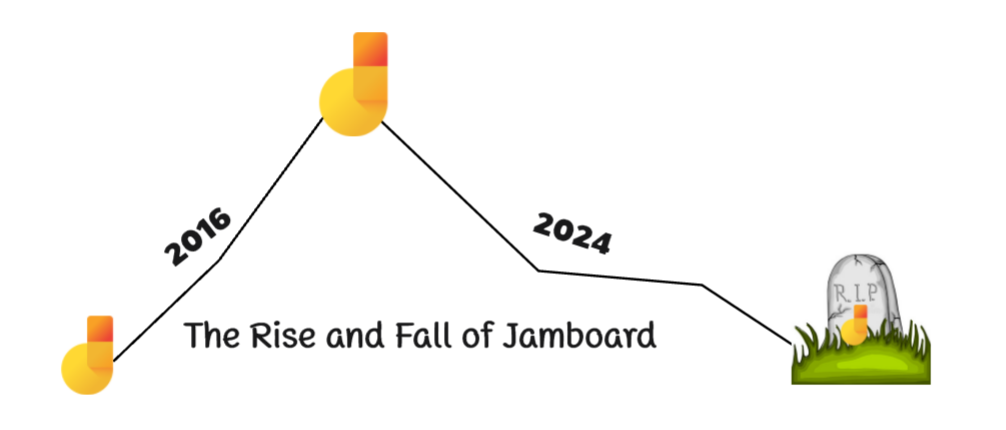
Despite its initial success, Jamboard faced stiff competition from other digital whiteboard solutions like Microsoft's Surface Hub, Miro, Mural, and Boardmix. Over the years, Google struggled to keep Jamboard competitive, particularly as the COVID-19 pandemic accelerated the adoption of remote work technologies. While many organizations sought robust and integrated solutions for remote collaboration, Jamboard's adoption lagged behind its competitors.
Industry Developments in Collaborative Whiteboards
The collaborative whiteboard industry has seen significant advancements and growth over the past decade. The evolution of these tools has been driven by the increasing need for remote work solutions, advances in cloud computing, and the integration of artificial intelligence and machine learning.
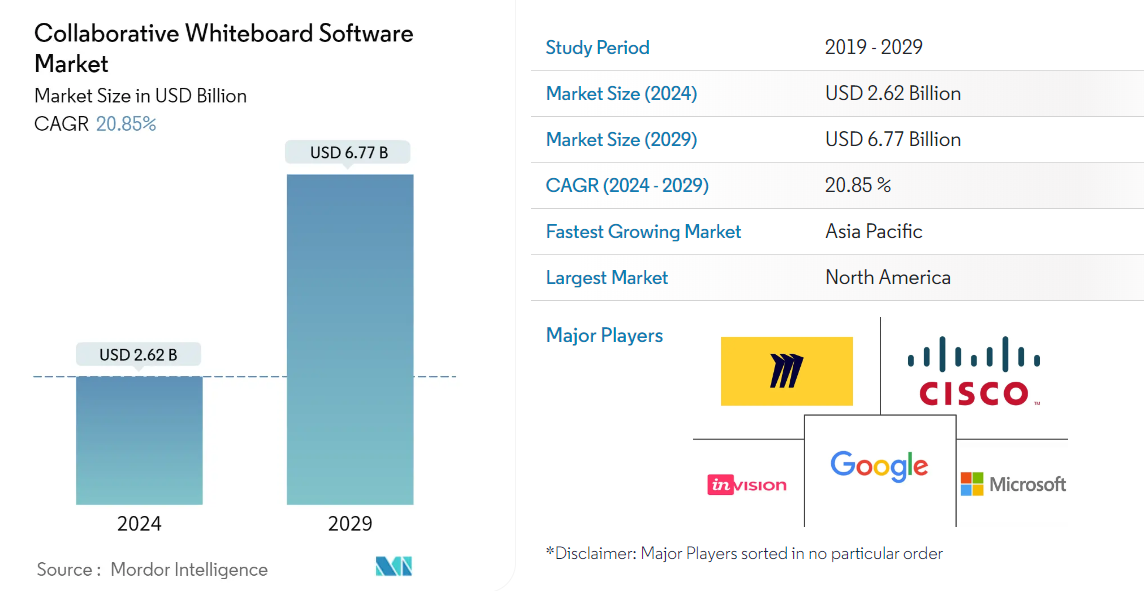
Microsoft's Surface Hub, launched in 2015, has been a formidable competitor in this space. Its integration with Microsoft 365, extensive feature set, and strong market presence have made it a popular choice for businesses. Miro, Mural, and Boardmix have also gained traction, particularly during the pandemic, by offering versatile and user-friendly platforms that cater to a wide range of collaborative needs.

These platforms have expanded their functionalities beyond simple whiteboarding to include project management, agile workflows, and integration with other productivity tools. The ability to seamlessly connect with applications like Slack, Trello, and Asana has made them indispensable in modern workplaces.
The Impact of Jamboard's Shutdown
The discontinuation of Jamboard raises several questions about the future of Google's collaborative tools and the impact on its user base. For existing Jamboard customers, Google has announced that it will provide support until the end of the year and offer migration assistance to other platforms.
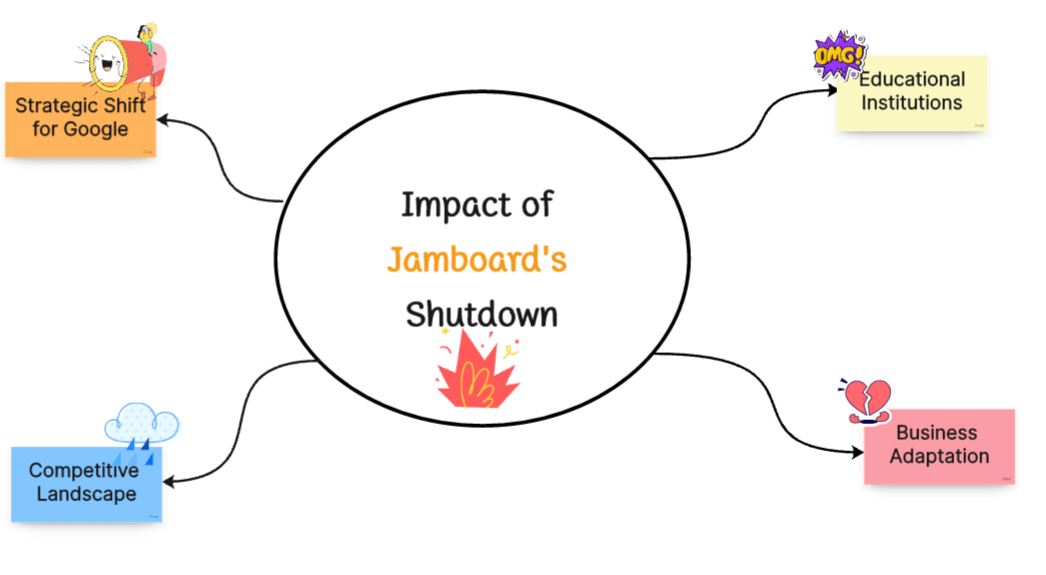
1. Impact on Educational Institutions
Educational institutions that adopted Jamboard as a teaching aid will need to seek alternative solutions. Jamboard was particularly popular in classrooms for interactive lessons and collaborative projects. The transition to new platforms may require training and additional resources, posing challenges for educators and administrators. But it also means educators will have the opportunity to look to smarter collaborative whiteboards, such as Miro and Boardmix.
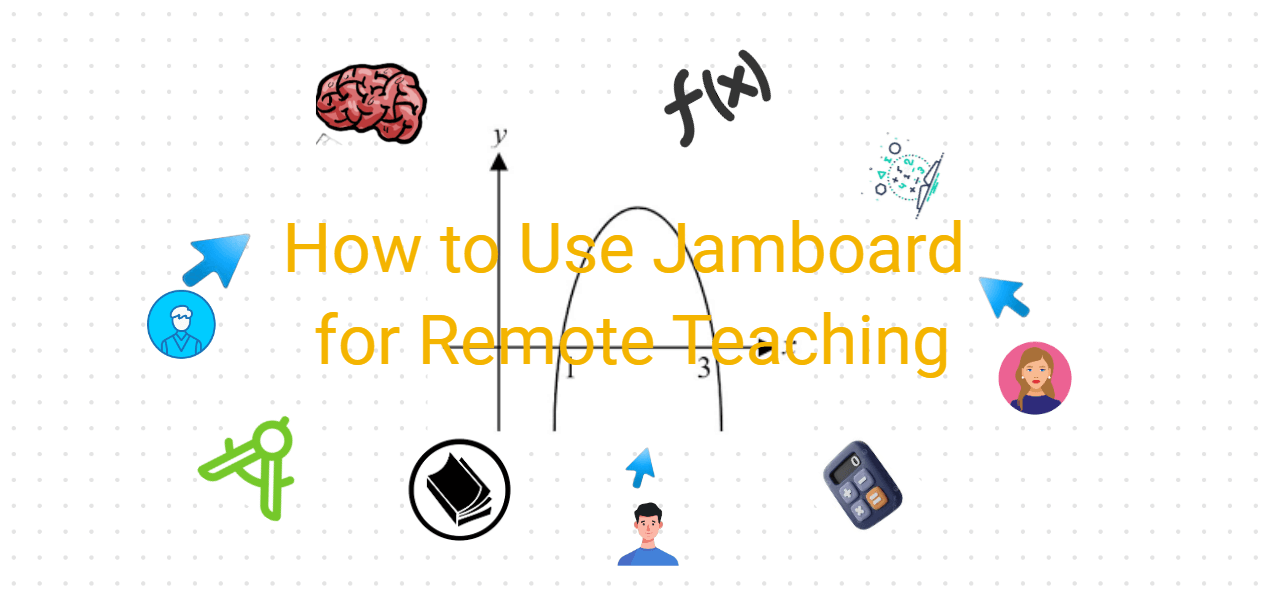
2. Business Adaptation
Businesses using Jamboard for team collaboration will need to migrate their data and workflows to other digital whiteboard solutions. This process can be disruptive and may incur additional costs. However, it also presents an opportunity for organizations to evaluate their current collaboration tools and potentially upgrade to more integrated and feature-rich platforms.
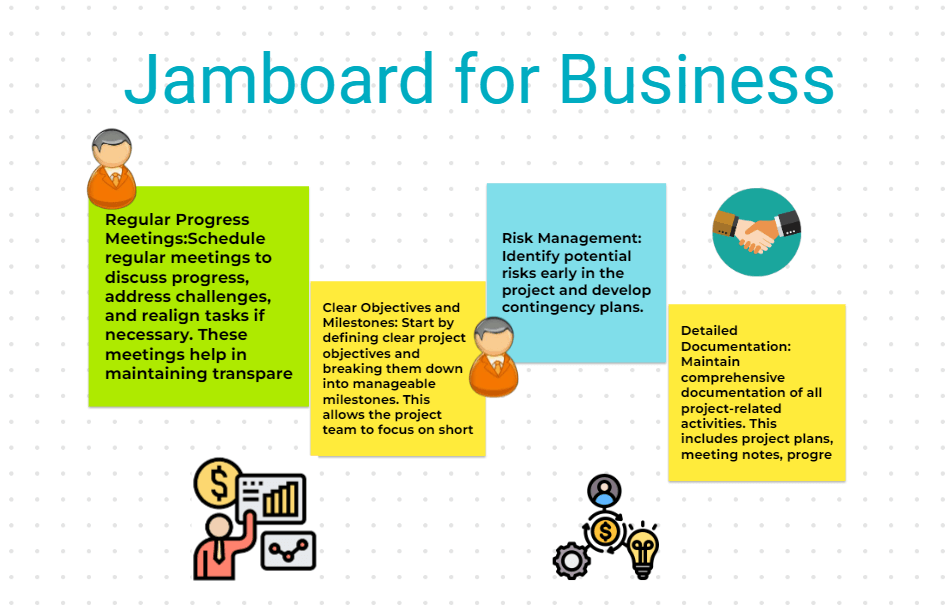
3. Strategic Shift for Google
Google's decision to discontinue Jamboard indicates a strategic shift towards enhancing its other collaboration tools, such as Google Meet and Google Chat. By consolidating its efforts, Google aims to provide a more cohesive and streamlined experience for its users. This move aligns with the broader industry trend of integrating collaboration features into comprehensive productivity suites
4. Competitive Landscape
The shutdown of Jamboard reshapes the competitive landscape of the collaborative whiteboard market. Rivals like Microsoft, Miro, and Mural are likely to seize this opportunity to attract former Jamboard users. This increased competition could drive further innovation and improvements in digital whiteboard solutions.
The Future of Collaborative Whiteboards
The future of collaborative whiteboards looks promising, with several trends shaping the industry:
1. Artificial Intelligence and Machine Learning

AI and ML are poised to play a significant role in enhancing the capabilities of digital whiteboards. Features such as automatic note-taking, real-time transcription, and intelligent suggestions can streamline collaboration and boost productivity.
2. Augmented Reality (AR) and Virtual Reality (VR)
AR and VR technolosive and interactive environments. These technologies can facilitate more engaging and dynamic brainstorming sessions, particularly for remote teams.
3. Increased Integration
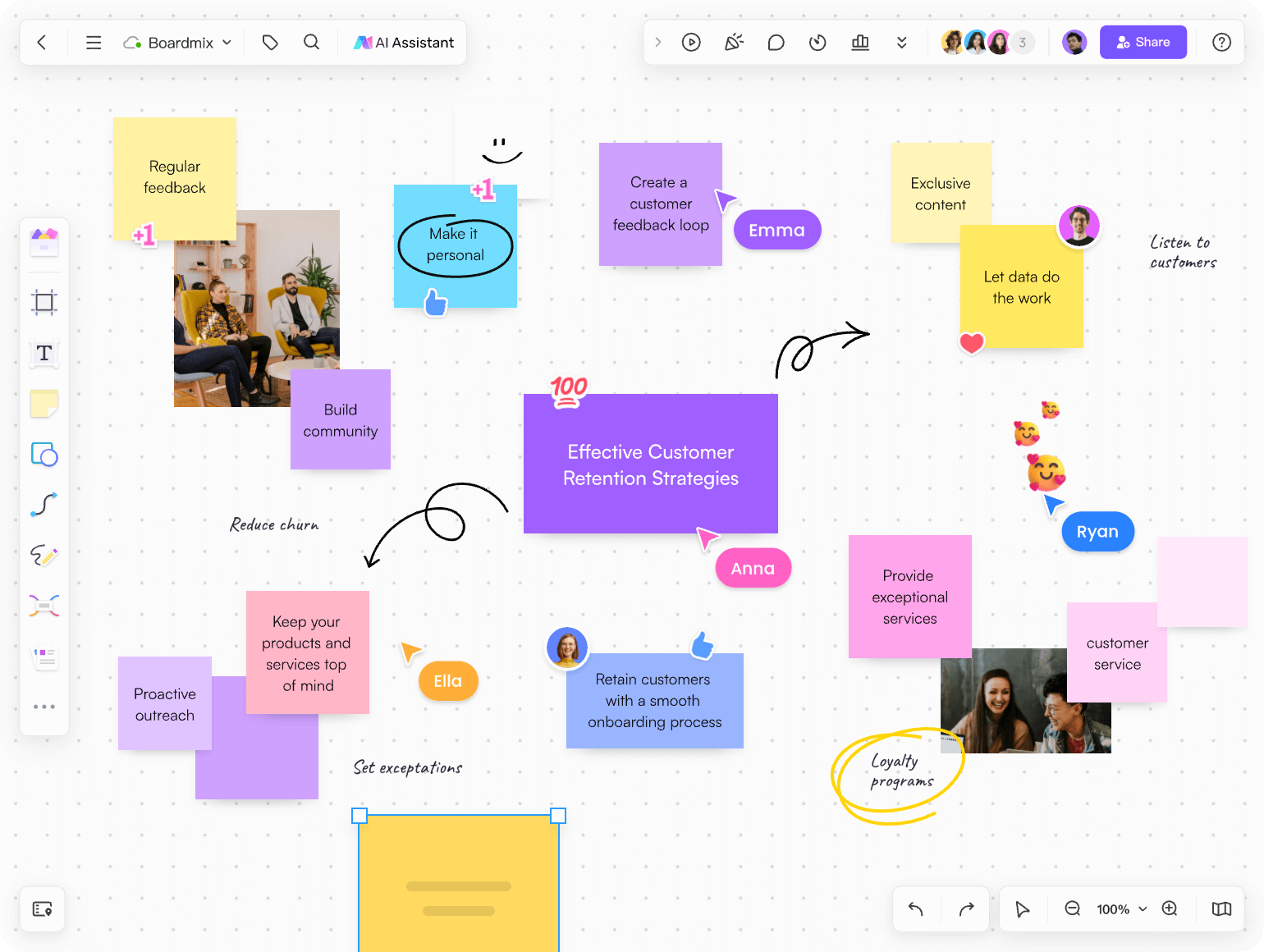
The trend towards integrating digital whiteboards with other productivity tools is set to continue. Seamless connectivity with project management software, communication platforms, and cloud storage services will be essential for creating unified and efficient workflows.
4. Focus on User Experience
As competition intensifies, the focus on user experience will become paramount. Platforms that offer intuitive interfaces, customizable features, and robust support will stand out in the market. User feedback and continuous improvement will be key drivers of success.
5. Sustainability and Accessibility
Sustainability and accessibility will also be critical considerations for future digital whiteboard solutions. Companies will need to address the environmental impact of their hardware and software offerings and ensure that their tools are accessible to users with diverse needs and abilities.
Conclusion
The shutdown of Jamboard marks the end of an era for Google's venture into the collaborative whiteboard market. While it may be a setback for current users, it also signifies a broader trend towards more integrated and advanced collaboration tools. The industry is poised for continued innovation, driven by emerging technologies and evolving user needs.
As organizations navigate the transition from Jamboard to other solutions, they have an opportunity to reassess their collaboration strategies and adopt tools that better align with their long-term goals. The competitive landscape will undoubtedly benefit from the influx of former Jamboard users, spurring further advancements and improvements in digital whiteboard technology.
In the end, the collaborative whiteboard industry will continue to thrive, driven by the ever-growing demand for effective and efficient remote collaboration solutions. As technology evolves, so too will how teams connect, brainstorm, and create together, paving the way for a more collaborative and innovative future.








